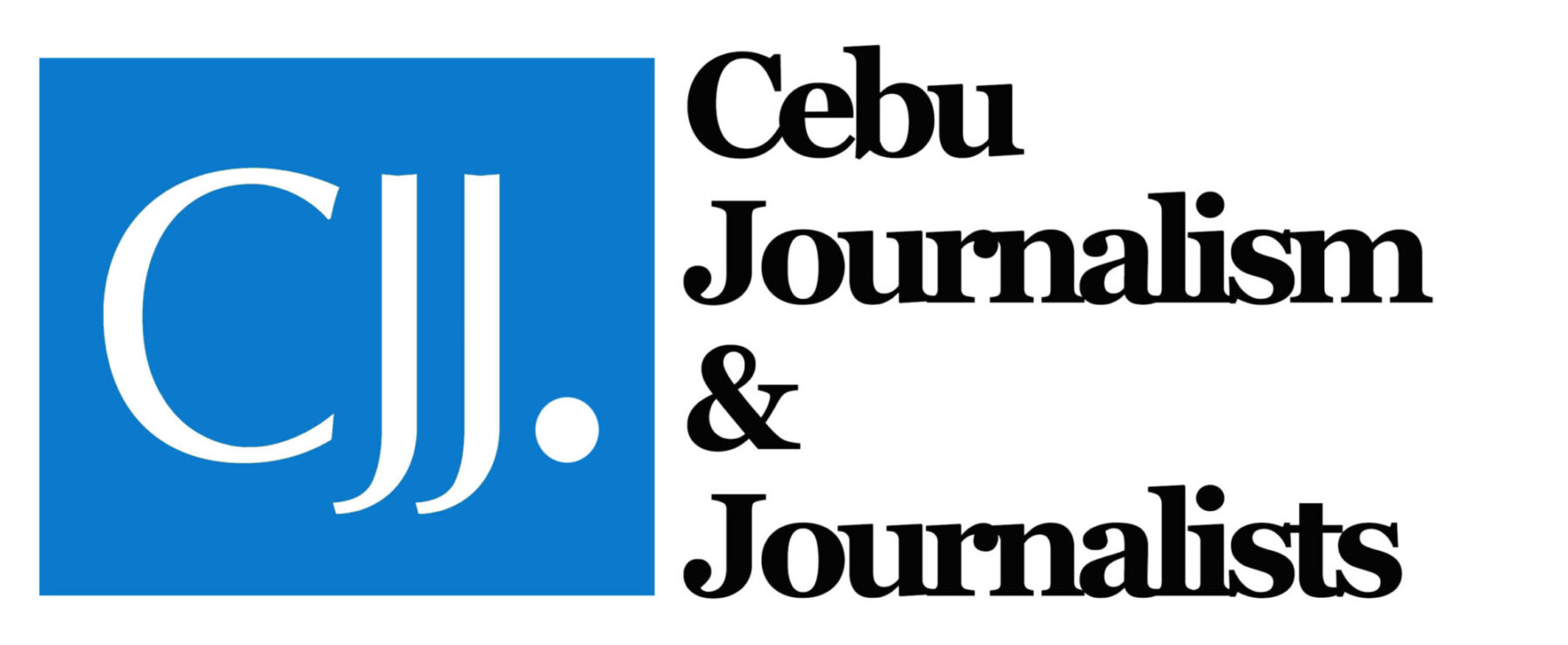What does President Duterte really mean?
Covering Duterte
What does President Duterte really mean?
BY PACHICO A. SEARES
July 20, 2017 ( CJJ11 )
It’s the job of reporters, editors and opinion makers to understand what the news source says. And that work has been made doubly hard by President Duterte who doesn’t speak in parables but encrypts his message in on-stage humor, hyperboles and “walk-backs.” Things are improving on each side though. But the challenge continues
THERE were already signs of it during the election campaign: saying one thing, intending another; joking and exaggerating but doing it with a straight face; flip-flopping, one plan or opinion in one forum, a contrary plan or opinion the next.
Journalists didn’t mind flying to Davao City, President Duterte’s hometown (journalists go to the news, not the other way around). Not even outbursts deriding Manila-based reporters for not getting what he said could keep them away.
The lengthy rambling during which he scolded media was set off, ironically not by a Manila reporter but by a broadsheet’s correspondent in Davao. That touched nerves, even of hardy veterans who covered Malacañang before, and sensibilities, such as when a female reporter got a wolf whistle from the president, angering her husband and women’s rights advocates.
Killing journalists
What riled media though was Duterte’s explanation why journalists were killed: many of them are corrupt. While he distinguished the real crusaders from the “lowlife” in journalism, his statement was sweeping and clammy, that killing journalists was at times justified.
Failure to communicate? Oversensitivity of media, some of whom advocated for boycott of the president’s press-cons? Whichever, it drove a wedge between him and media, signs of which are still visible: the cutting off of presscons and, instead, issuing recorded policy statements and speeches at forums closed to media coverage.
He seems to have not gone beyond present frosty relations though. He may even be warming up a bit.
Signs of warming
First, he signed the executive order on Freedom of Information, shaming his predecessors, more tellingly Benigno Aquino III, who paid chiefly lip service to the FOI. Second, he has suspended artillery fire on media, at least as of this writing, probably because he’s using it on other fronts, such as legislators who might be cooking up some mischief on Con-Ass amendments of the Constitution.
But there still remains the journalists’ dilemma: how to get what the president means.
He promised a metamorphosis (his word) starting June 30, when he took his oath of office. It was short-lived though. Soon, he was cursing again and hurling grave threats at people and institutions who he thinks are opposing his program of change and trying to destroy the country.
Media strategies
Evolving though, for media, is a set of strategies in reporting and commenting on Duterte. They are shaped by what he himself advised journalists and how the Malacañang communications office has done its job. And, yes, the experience of Davao journalists which the president flaunted more than once (something like “Ganoon kami sa Davao”). The measures include:
✓ Separating the serious from the comic, the grain from the chaff: That includes decisions attached with specific orders or moves, such as naming a new official or splitting a department.
The comic and the chaff may be reported in a side piece as audiences lap up sidelights. The caution is not to let the sideshow distract, or worse, distort the message. Broadcast news online, notably cable and YouTube, offers the complete version, giving watchers discretion how much to see and hear and what to make out of it.
✓ Taking the context of the statement, especially when potentially controversial or divisive: To show meaning, that may require extensive quotes. And some safeguards, namely
(a) the reporter checking with the official involved or knowledgeable as to what the president meant, and
(b) the editor overseeing background to put perspective to the story.
No major complaint
It’s noteworthy that so far, since Duterte blew up over a reporter’s question about his health, there has not been a major complaint of mis-reporting his pronouncements. The video feed may have helped that, although it has removed the chance for follow-up questions. But then, there are upsides, such as being spared from his rambling at press-cons. Videos still carry the long monologues but they can be viewed in reporter’s regular work time, not in wee hours.
A more formidable job, along with ferreting the meaning of what he says, is to see what would be coming for country and nation.
He has publicly made two enormous threats so far: He told legislators he would arrest them and abolish Congress if they would “improperly” amend the Constitution. And he warned Supreme Court Chief Justice Ma. Lourdes Sereno he might set off a constitutional crisis and declare martial law if she would interfere in his job.
How much of that are true and not just his usual hyperbole and bombast? Do they suggest of things to come?
Failure in ‘70s
Media failed, despite obvious signs and red flags, to sound the alarm before then president Ferdinand Marcos imposed military law in the ‘70s. And when free press was replaced by crony media, journalists could only lament in silence, vowing “never again.”
These are ominous, albeit interesting times. Seeing what would be coming, especially if it would trade off freedoms for the widely-promised change, would be tougher work and more formidable challenge for journalists. 
